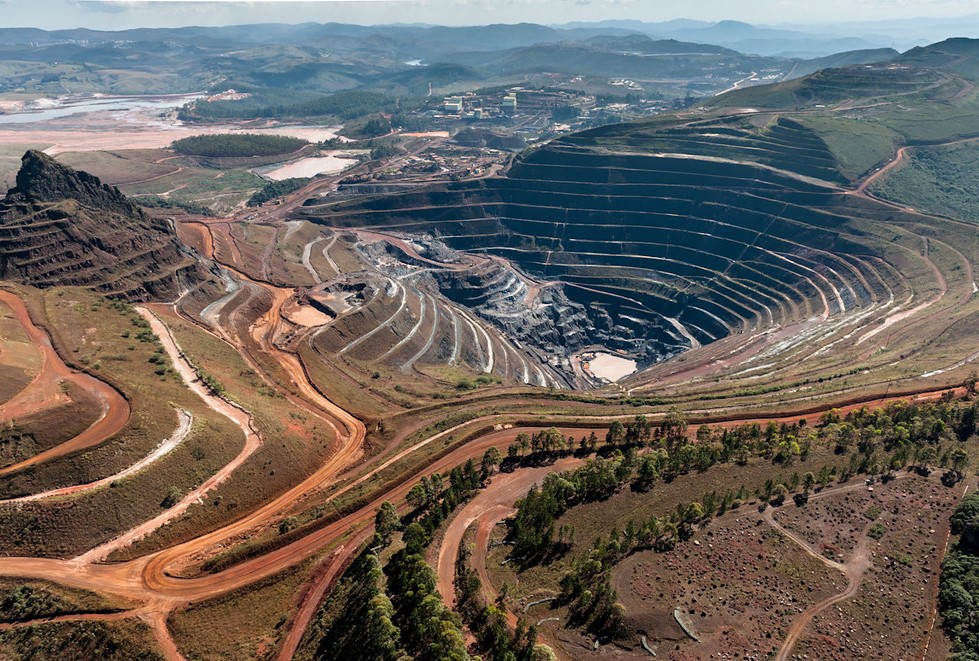Brazil adds Vale to so-called “dirty list” after contractor subjected workers to slave-like labour

Vale (NYSE: VALE) has been included in the Brazilian registry of employers who have subjected workers to conditions similar to slavery, otherwise known as the “dirty list”.
As reported by the newswire UOL, inspections were made in 2015 of drivers who were transporting iron ore along Vale’s private road that connects two mines in Itabirito, Minas Gerais state.
The inspection revealed over 300 workers at the Mina do Pico mine were subjected to exhausting working hours and degrading conditions.
Vale judicially questioned the infraction notices, asking for their annulment. According to the Ministry of Labor and Employment, the mining company lost the lawsuit and, as a result, was included in the registry.
Although the workers were employed by a subcontractor, Ouro Verde Locações e Serviços, Vale was found responsible by a judge after questioning the Ministry of Labour and Employment inspections.
News agency Repórter Brasil reported the case of a worker who drove a truck for 23 hours with only a 40-minute break.
In a statement, Vale said that its inclusion in the list is incorrect in light of a recent decision by the Brazilian Supreme Federal Court published on May 9, 2024, which recognized the impossibility of maintaining the infraction notices issued during the Ministry of Labour’s inspection in 2015.
“Due to this decision, the action should return to the regional labour court of Minas Gerais, which must issue a new decision on the nullity of the fines, while Vale will take the necessary steps for its immediate removal from the register,” the company said.
“Ouro Verde had its workplaces, both owned by Vale, inspected by the ministry. Following this inspection, the ministry noted non-compliance with various labor obligations. Upon learning of these findings, Vale implemented all corrective measures and subsequently terminated the contract with the transport company.”
The inclusion on the “dirty list” does not require a commercial or financial blockade, but is used by Brazilian and foreign companies and banks in their risk management assessments.
More News
{{ commodity.name }}
{{ post.title }}
{{ post.date }}

Comments